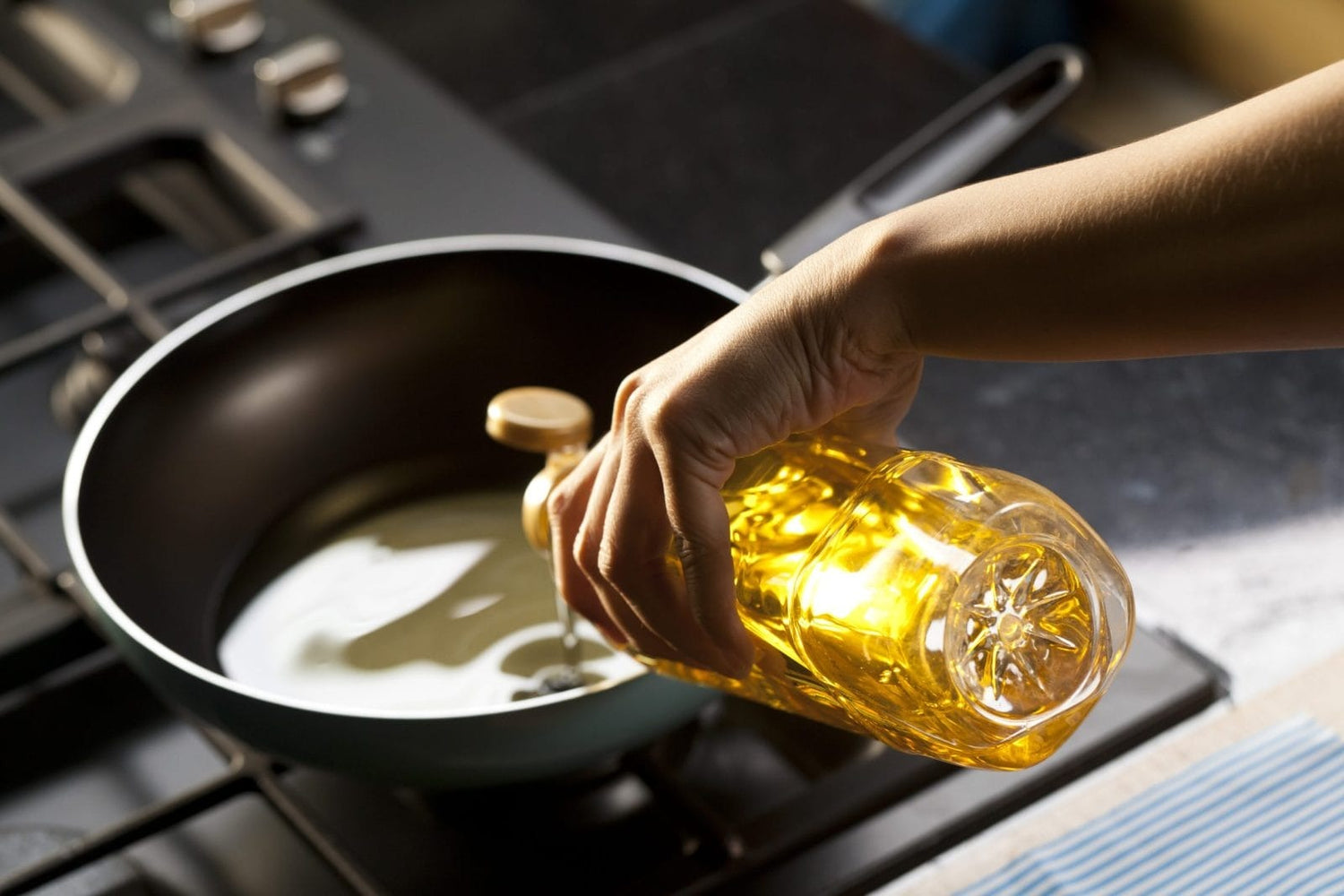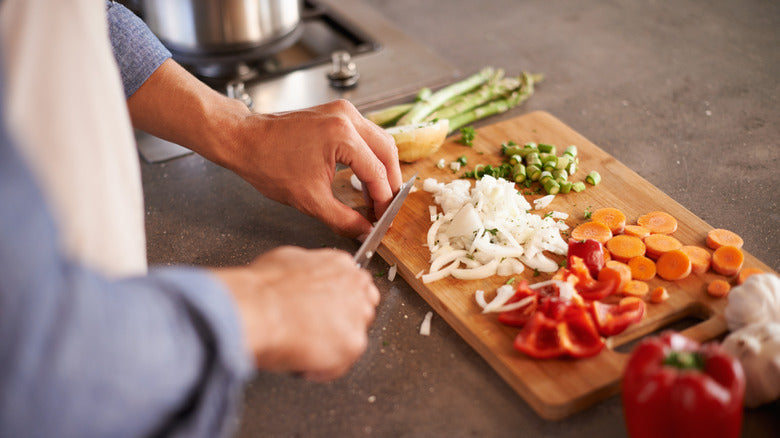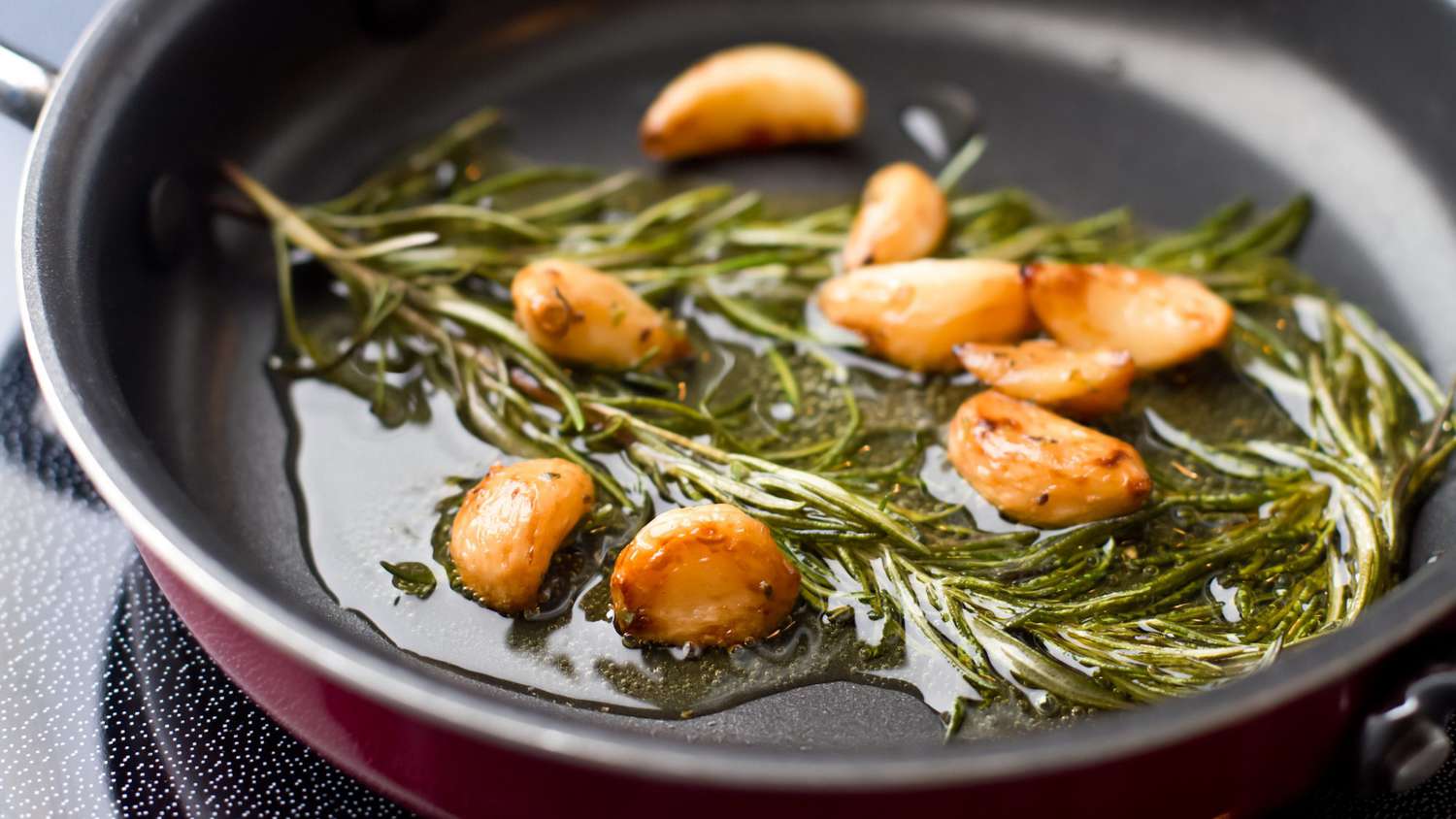If your kitchen sink is slow to drain or gives off an unpleasant odor, it might be time to clean out the kitchen sink drain pipe. This comprehensive guide will walk you through the entire process of cleaning your kitchen sink's drainage system effectively.
Cleaning a kitchen sink drain pipe is crucial because built-up gunk, food particles, and grease can cause massive blockages over time. By taking timely action, you'll prevent future plumbing issues and maintain a hygienic kitchen environment. For more kitchen maintenance tips, check out our kitchen maintenance guide.

Why Your Kitchen Sink Drain Pipe Gets Clogged
The primary reason behind a clogged kitchen sink drain pipe is the accumulation of food debris, grease, and soap scum. Over time, these substances create a buildup that blocks the smooth flow of water. Another reason could be mineral deposits from hard water, which further aggravate the blockage.
Common Causes
- Food Particles: Leftover bits that slip down the drain during dishwashing.
- Grease: Cooking fats that solidify upon cooling.
- Soap Scum: Residue from dish soap and cleaning agents.
- Hard Water Deposits: Minerals that accumulate over time.

Tools and Materials You Will Need
Before you dive into cleaning your kitchen sink drain pipe, make sure you have all the necessary tools and materials. This will save you time and frustration during the process.
- Plunger
- Drain Snake or Auger
- Baking Soda
- White Vinegar
- Boiling Water
- Pliers or Wrench
- Rubber Gloves
- Bucket

Step-by-Step Guide to Cleaning Your Kitchen Sink Drain Pipe
1. Use a Plunger
The plunger is the first line of defense for a clogged drain. Here's how to use it effectively:
- Fill the sink with enough water to cover the plunger's cup.
- Place the plunger over the drain and begin to plunge up and down vigorously.
- Continue until the water starts to drain freely.
2. Use Baking Soda and Vinegar
If the plunger doesn't work, move on to a baking soda and vinegar solution. Learn more about natural cleaning solutions:
- Pour one cup of baking soda down the drain.
- Follow it with one cup of white vinegar.
- Let it sit for 15 minutes to half an hour.
- Flush the drain with boiling water.
3. Use a Drain Snake
If the natural solution doesn't cut it, a drain snake might do the trick. Find more tips on using a drain snake here:
- Insert the snake into the drain.
- Turn the handle clockwise to feed it deeper into the pipe.
- When you feel resistance, twist and push to break through the clog.
- Pull the snake out and clean off any debris.

How to Maintain a Clean Drain
Preventive maintenance can save you from frequent, frustrating clogs. Here are some tips:
- Use a drain screen to catch food particles.
- Avoid pouring grease down the sink.
- Run hot water through the drain after each use.
- Clean the drain with baking soda and vinegar once a month.
FAQs
1. How often should I clean my kitchen sink drain pipe?
It's recommended to clean your kitchen sink drain pipe every 2-3 months or as needed to prevent clogging.
2. Is it safe to use chemical drain cleaners?
While chemical drain cleaners can be effective, they can also be harmful to your plumbing over time. It's better to use natural methods like baking soda and vinegar. For commercial kitchens, read this detailed guide on cleaning a commercial kitchen.
3. Can I use these methods for other drains in my house?
Yes, these cleaning methods can be applied to other drains, such as bathroom sinks and shower drains. For more on maintaining your plumbing, see our plumbing maintenance tips.
As an Amazon Associate, I earn from qualifying purchases.






Leave a comment
This site is protected by hCaptcha and the hCaptcha Privacy Policy and Terms of Service apply.